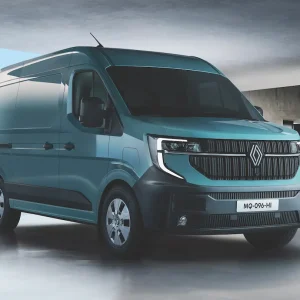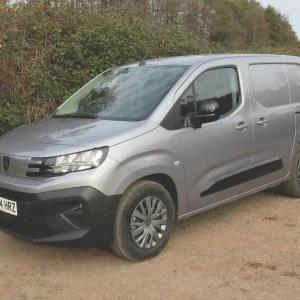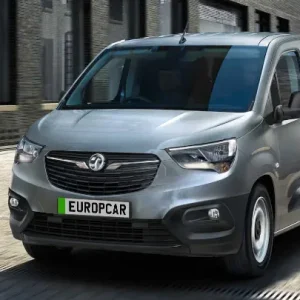Vans have made the headlines recently, and not just in the usual crash, bang, wallop white-van man filler nonsense that the tabloids resort to when there’s no political scandal to splash.
No, the acquisition of Vauxhall/Opel by the PSA Group of Peugeot-Citroen, has filled the business pages and quite understandably raised concerns in Luton where Vauxhall is based, although, of course, that manufacturer’s more recent products have always been shared designs, initially with fellow GM partner Isuzu and more recently with Peugeot-Citroen’s rival French brand Renault.
The Relay, too, has always been a joint effort, its grandfather being a now-defunct Talbot, and the current SEVEL partnership siblings include the Boxer from sister Peugeot and the Ducato from the Italian arm of the family at Fiat. Even then the cross-pollination doesn’t end since the Ducato used the Sofim engine – shared by Iveco and Fiat – and not PSA’s HDi unit.
What you get
This version of the Relay went for a more aggressive look, with its did-you-spill-my-pint front-end styling being second only to the MK2 VW Crafter in terms of having an expression that can bully dawdlers out of the third lane. The engine range offers more get up and go with less consumption, while, as you’d expect, there are more combinations of length, height and volume than you can shake a baguette at. In nice round figures the wheelbase lengths cover 3.0m, 3.5m, 4.0m and 4.3m, giving load lengths of 2.7m, 3.1m, 3.7m and 4.1m, respectively.
Those last figures in each list are the heavy-duty range-topper, which is only available in 3.5t guise and is over 6.0m from stem to stern. Other gross weights are 3.0t and 3.3t. Roof heights are three, with 2.1m available at best, and in combination with those lengths you end up with load volumes of 8 -17m3. Having a big box costs in terms of weight, and payloads here are only 1,410kg at 3.5t gross vehicle mass (GVM). That’s around the middle of the Relay scale, which ranges from 1,155kg to 1,600kg depending upon GVM and body style.
Power comes courtesy of Citroen’s well-proven HDi common-rail four-cylinder diesel in 2.2-litre turbocharged format. It comes in three states of tune, with 110hp, 130hp and 150hp on tap, offering torque figures of 250Nm, 320Nm and 350Nm respectively. Not so very long ago, figures like that were found in 7.5t truck engine data!
Despite Citroen’s reputation for eccentricity over reliability, the Relay comes up with a pretty clean record. Earlier ones had immobiliser issues, but mainly due to battery discharge faults, and lately we hear reports of instrument displays failing intermittently, so it seems the stereotypical Franco-Italian troubles with the old electrickery may still be valid. Engines, meanwhile, are as tough and long-lasting as any French cinematic creation, although some of the interior fittings are a tad flimsy.
Test drive…
150hp engine
Combi van
LWB version
Standard roof
130hp engine
Steer clear of…
110hp engine in LWB
110hp for towing use
High roof
XLWB
Non-approved conversions





